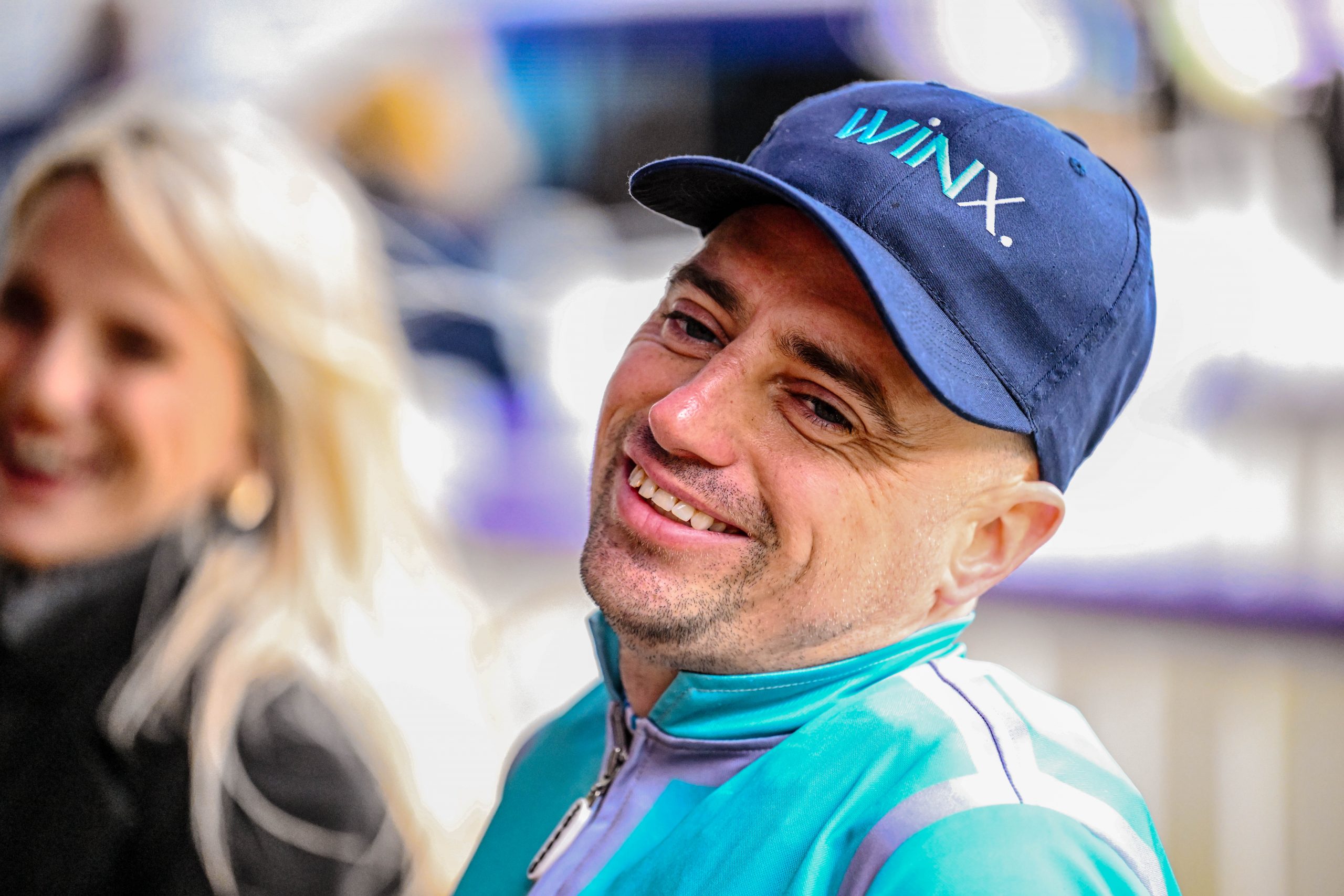 Australian company, Integrated Animal Health (IAH) has completed a first in kind trial in collaboration with Melbourne Drug Delivery company Phosphagenics Limited (ASX: POH).
Australian company, Integrated Animal Health (IAH) has completed a first in kind trial in collaboration with Melbourne Drug Delivery company Phosphagenics Limited (ASX: POH).
Through its wholly owned R&D division Veterinary Research Australia (VRA), IAH has for the first time used Phosphagenics® Human Oxycodone Patch Technology on Thoroughbred Racehorses.
Thanks to a TPM® Oxycodone Patch Research and Development agreement that began in October 2013, VRA has been applying TPM® Equine Oxycodone patches to the cannon bone of in-work racehorses.
The proof-of-concept study was so successful IAH has elected to exercise its option with Phoshagenics Ltd to commercialise the TPM® Oxycodone patches for animal use.
Dr John Walker, the principal veterinarian involved in this study, said, “These results were extremely encouraging. I have seen hundreds of cases of shin soreness in my 20 years as an equine veterinarian and the IAH TPM® oxycodone patch is far and away the best form of pain relief I have seen. Instant, powerful and effective.”
The study was conducted on six thoroughbreds, between two and three years of age, exhibiting cannon (shin) bone soreness arising from injuries in either one or two limbs, with a patch applied to each injured limb for ten days. The shin soreness was rated as either “Moderate” or “Severe” based on universal Veterinary Lameness Scores, in which lameness was evident in circumstances when carrying weight, circling or walking on incline or hard surfaces or when the horses were at a trot.
The study results showed there were no signs of lameness as determined by the above criteria and five horses treated were pain-free within 24 hours following the first patch application, with the sixth horse pain-free by the second patch application within 48 hours. Pain relief with the patch allowed the animals to recover without enduring stress associated with such injuries.
It has been reported that 70% of young Thoroughbred racehorses in training develop cannon bone soreness. The issue is very costly for the industry and for the owners of these expensive horses estimated at a cost of $1.938 M per day globally ($700m annually) in lost training fees alone.
“According to a recent Racing Victoria report, gastric ulceration is one of the biggest health issues for thoroughbred racehorses. The topical nature of this patch’s delivery system means gastric ulceration associated with some systemic drug treatments, such as the NSAID Phenylbutazone, will be eliminated,” he said.
Presently racehorses that develop this problem are given relief by Intra Venous injection or by the oral application of Phenylbutazone. Also known as ‘Bute’, Phenylbutazone is a known carcinogen in rat studies and has been outlawed for human use since the 1960s.
The aim of the project was to provide localised pain relief for the horse and to allow the trainers to use the relief application closer to race day as Phenybutazone use must be stopped up to seven days prior to racing. Phenylbutazone has an analgesic effect and is an anti-inflammatory medication (NSAID).
Unfortunately Bute can develop ulcers in horses stomachs or colon, kidney damage and, in some cases, bone marrow suppression and also interferes with thyroid function. More recent research has suggested that bute can slow the production of joint cartilage and delay bone healing.
IAH believe that the topical application of Oxycodone will present a long awaited alternative to the Equine Veterinary Profession and a desirable and valuable commercial product due to the widely accepted side effects of Bute. The aim of these trials were to test for efficacy and to garner information for clearance rates of the actives in the animals to build data to present to international racing and regulatory authorities.
 Mr Rob Neely, CEO of IAH, said, “The potential for a non-systemic, opioid treatment alternative, localised to the site of pain, should provide veterinarians targeted pain relief benefits for all animals to cope, recover and heal. The ability to limit the use of systemic drug treatments, via this type of patch technology, will also assist the welfare and well-being of injured animals or animals in pre- or post-operative care scenarios.
Mr Rob Neely, CEO of IAH, said, “The potential for a non-systemic, opioid treatment alternative, localised to the site of pain, should provide veterinarians targeted pain relief benefits for all animals to cope, recover and heal. The ability to limit the use of systemic drug treatments, via this type of patch technology, will also assist the welfare and well-being of injured animals or animals in pre- or post-operative care scenarios.
“I want to make this clear, what Australian Scientists and Vets have achieved here is a World First, this technology once approved for use by the various regulators around the globe will lead to considerable benefits to all animals that incur pain, whether performance animals, feed chain animals, and or companion animals. The topical application will benefit the Animal Health world no end,” he said.
While racehorses were the subject of this study, the application of the TPM®/Oxycodone patch has potential benefits to most companion animals. Companion animals represent 41% of the global $23 billion market annually spent on animal health.
http://www.inglis.tv/N8AhN/integrated-animal-health/
Ed: The Sporting Post have requested a comment from the National Horseracing Authority and any feedback will be published.









